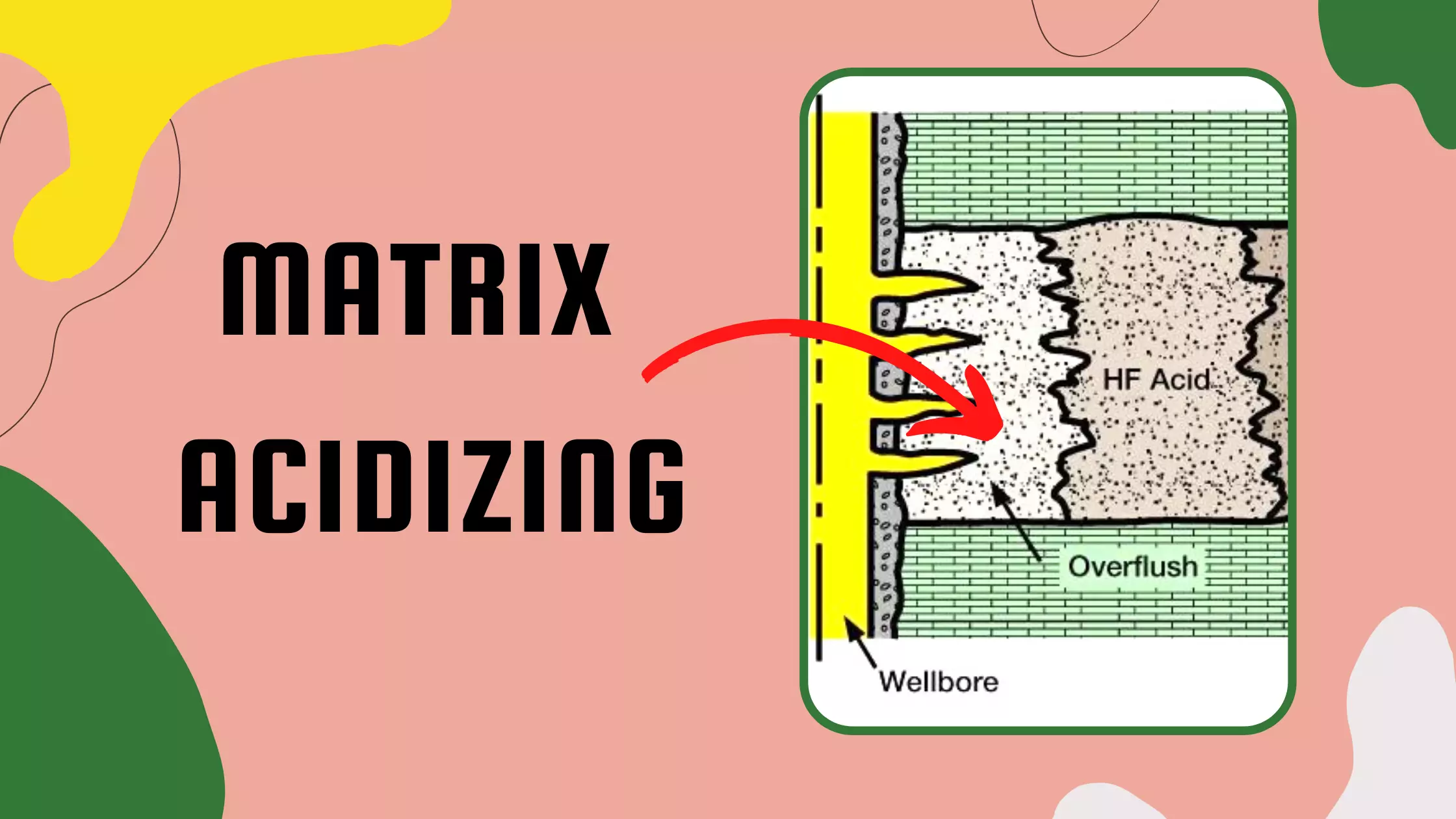Exercises Wellbore Cleanout and Scale Removal
1. Can scale inhibitors be placed in acid solutions?
- Yes
- No
- Some inhibitors can
Solution
- Some inhibitors can
2. Which acid system is best suited for removing iron sulfide scale from the wellbore and perforations?
- 10 % HCl with sequestering agents
- 10 % acetic acid
- 15 % HCl-aromatic dispersion
- 7 1/2 % HCl with no surfactant
Solution
- 10 % HCl with sequestering agents
3. All acid-insoluble scales cannot be removed chemically.
- True.
- False.
Solution
- False (Calcium sulfates can be removed with converter solutions).
4. How do liquid scale inhibitors work?
- By dissolving in formation fluids during placement.
- By coating the tubulars.
- By balancing the chemical equilibrium.
- By adsorbing on the rock surface and being produced gradually.
Solution
- By adsorbing on the rock surface and being produced gradually
Assessment Wellbore Cleanout and Scale Removal
1. Hydrocarbons such as xylene or toluene are preferred over diesel when applying a mutual solvent to a dry gas reservoir.
A .True. ✔
B .False.
2. Soaking the perforations with acid is less expensive than pumping acid into the formation.
A .True. ✔
B .False.
3. Calcium Sulfate is _________.
A .water soluble.
B .acid soluble.
C .acid insoluble. ✔
4. An acid insoluble material is treated by_________.
A .acidizing then converting.
B .converting then acidizing. ✔
C .neither of these.
5. The formation of scale can be inhibited within the rock matrix so an acid job will not have to be performed later.
A .True ✔
B .False
6. A well treating program calls for a mutual solvent and acid job. Which is pumped first?
A .The mutual solvent. ✔
B .The acid.
Recommended for You
Diverting Materials in Acidizing
 Petro Shine The Place for Oil and Gas Professionals.
Petro Shine The Place for Oil and Gas Professionals.



